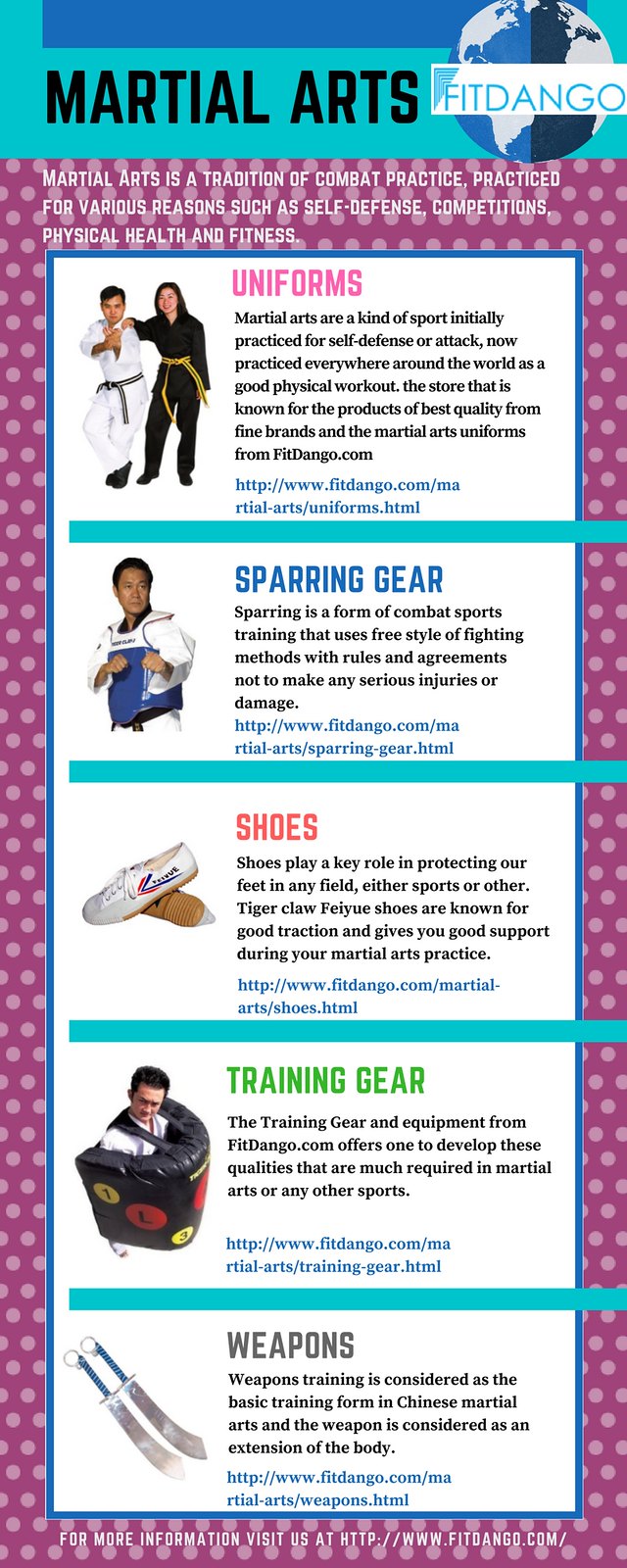The Advancement And Historic Context Of Martial Arts Worldwide
The Advancement And Historic Context Of Martial Arts Worldwide
Blog Article
Authored By-Egeberg Silverman
Martial arts have a remarkable background that covers centuries and continents. You might locate it interesting exactly how ancient practices like Shuai Jiao and Kalaripayattu laid the groundwork for modern fight methods. These techniques not only highlight physical abilities however additionally reflect the societies that birthed them. As you explore their advancement, take into consideration how globalization has actually changed these conventional kinds into crossbreed styles. What impacts do you believe have shaped today's martial arts landscape?
Ancient Martial arts: The Structures of Combat
As you delve into the world of old martial arts, you'll discover the rich foundations that formed fight methods throughout cultures. Early methods concentrated on Self-Defense and survival, usually integrating strikes, hurting, and weapons.
In ancient China, for example, methods like Shuai Jiao emphasized throws and joint locks, while India's Kalaripayattu showcased agility and fluid activity. https://www.globaltimes.cn/page/202208/1273637.shtml established Kenjutsu, a refined swordsmanship that highlighted technique and method.
These martial arts served not just for battle however likewise as a way of individual development, instilling worths like regard and determination. why bullfighting should not be banned mixing of these methods gradually laid the groundwork for the diverse martial arts you see today, each mirroring the distinct approaches and needs of its culture.
The Cultural Impact on Martial Arts Growth
While martial arts frequently mirror the sensible needs of a culture, they likewise embody the social values and beliefs of their beginnings. When you discover different martial arts, you'll notice how they're affected by faith, approach, and social norms.
For instance, the emphasis on respect and self-control in Japanese martial arts comes from Zen Buddhism and samurai culture. In how to create a martial arts curriculum for kids , Brazilian Jiu-Jitsu promotes adaptability and technique, formed by the need for efficiency in a diverse, multicultural environment.
You might find that the rituals, attires, and training approaches reflect a community's history and identity. By understanding these cultural influences, you grow your appreciation of martial arts and their role fit human experiences across the globe.
Modern Adaptations and the Globalization of Martial arts
Martial arts have changed dramatically in current decades, adapting to contemporary society and international impacts. You'll observe that conventional kinds have mixed with modern strategies, producing hybrid styles like mixed martial arts. These adaptations deal with varied target markets, making martial arts accessible and attractive around the world.
With the increase of social media and digital systems, you can find tutorials and competitors from all corners of the world, breaking geographical obstacles. This globalization has actually led to a common recognition for various techniques, from Brazilian Jiu-Jitsu to Taekwondo.
As you involve with these arts, you'll realize they're not just about battle; they advertise physical fitness, discipline, and psychological wellness.
Eventually, modern adjustments have actually enriched the martial arts landscape, making it a dynamic and developing practice.
Conclusion
In checking out the background and development of martial arts, you uncover an interesting blend of methods, cultures, and ideologies. From old disciplines like Shuai Jiao and Kalaripayattu to the contemporary versatility seen in mixed martial arts, martial arts mirror humanity's pursuit for Self-Defense and personal growth. As you involve with these methods, you not just gain abilities but likewise a much deeper recognition for the diverse traditions that form our globe today. So, continue your trip and welcome the art of fight!
